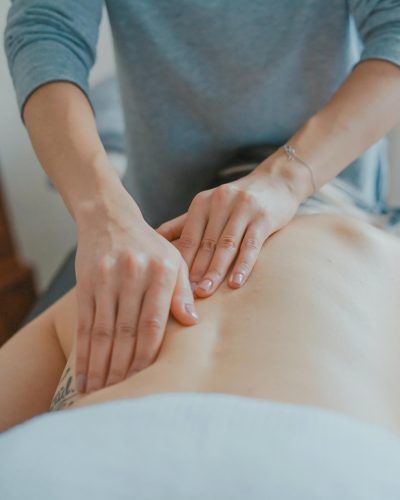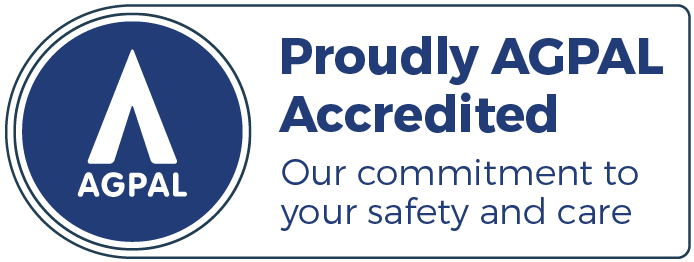Dedicated Osteopath in Mullumbimby
A Holistic Approach to Healing
Osteopathy is a hands-on manual therapy within Australia’s allied health sector that focuses on improving the body’s structure and function to enhance its self-healing and self-regulatory mechanisms. Osteopaths treat a wide range of chronic and acute musculoskeletal complaints by using various techniques tailored to each individual’s needs. These techniques include soft-tissue work, joint articulations, exercise prescription, indirect releases, breathing techniques and joint manipulation. The goal of osteopathy is not just to alleviate pain but to address the root causes of discomfort by restoring balance and function within the body. By working with the body’s natural ability to heal, Mullumbimby Comprehensive Health Centre's naturopaths aim to promote overall wellbeing.
To book an osteopath in Mullumbimby, call Mullumbimby Comprehensive Health Centre on (02) 6684 1511. We can also assist with skin health, women's health, men's health, family medicine, chronic disease management, travel vaccinations, QML pathology, naturopathy and nutrition, podiatry, exercise physiology, physiotherapy, psychology, mental health services and preventative health.








